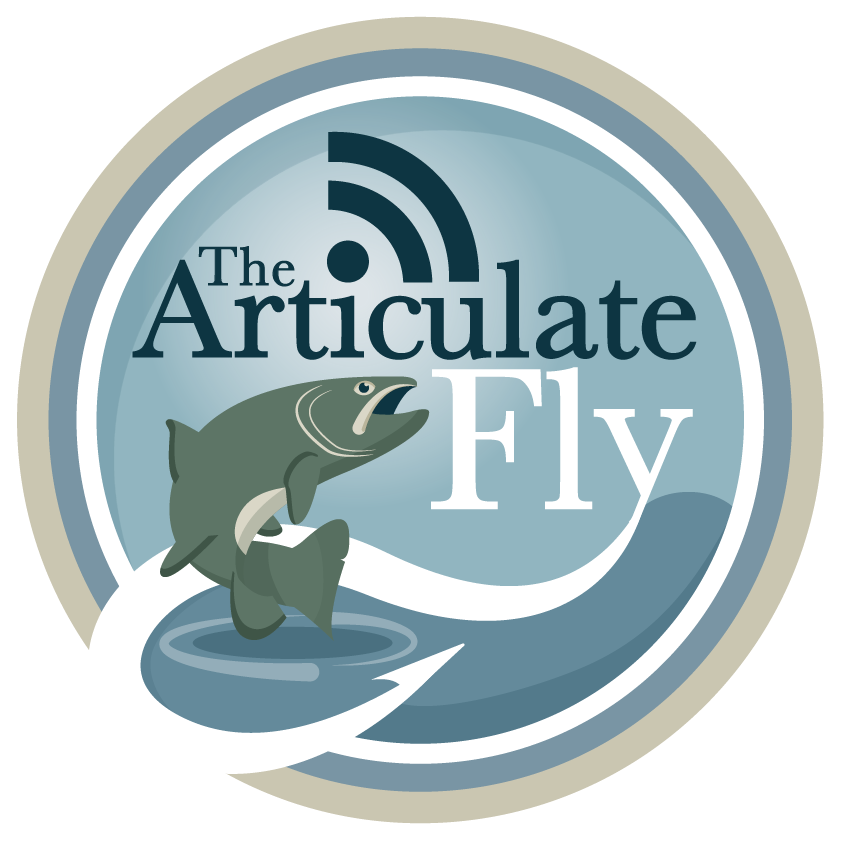Let's Start with the Three Fundamental Needs
All species of fish have three fundamental needs: suitable water quality, protection from predators and access to food. While these three fundamentals don’t change, it is important to remember that how they are satisfied changes based on daily and seasonal conditions.
Suitable Water Quality
All trout require cold, oxygenated water. Why? They have a very primitive gill structure that, compared to other species, is less efficient at absorbing dissolved oxygen. As result, they need to inhabit water with a higher dissolved oxygen content - cold water. This explains why, as the water heats up during the summer months, you will often find trout in the heads of pools or in riffles where the turbulence introduces oxygen into the water. You may also find them holding near springs, which discharge water at a constant temperature, or near the mouths of feeder creeks after a recent rainfall to take advantage of the relatively cooler water.
Protection From Predators
It is a jungle out there, and trout streams are no different. As a general rule, trout will hold where they feel safe from predators. Structure, water or a combination of the two are the primary determinants of safety. For instance, trout feel safer in deeper water or water with a surface disturbance like a riffle, because it is harder for predators to see them or reach them. Structure like rocks or logs provide safe places from which to ambush prey or nearby safe houses to flee to in the case of danger.
Trout anglers generally divide these structure/water combinations into prime lies, feeding lies and sheltering lies. Prime lies are like prime rib. They offer easy access to food and protection from predators. Some examples are the deep water at a pool’s head or behind a boulder in moderate current with a moderate depth. The largest trout in any system will occupy these lies, and you should always fish them. Feeding lies are simply prime lies without protection from predators. Trout hold in feeding lies when the temptation to eat outweighs the fear of being eaten. Examples would be trout feeding in the shallow water at the tail of a pool or the slower water on a stream’s edge during a prolific hatch. Since you won’t always find trout in feeding lies, you should only fish them when you see trout actively feeding in them. Finally, there is the sheltering lie, which is, you guessed it, a prime lie without easy access to food. Trout hold in sheltering lies when they feel threatened, and, as a result, are not actively feeding. Either skip sheltering lies or fish a pattern designed to elicit a reaction strike like a streamer.
Access to Food
That trout need access to food is not particularly insightful. However, if we focus on calories in versus calories out and the effect of abundance on feeding behavior, we might make some headway.
Calories In Vs. Calories Out
If you run on a treadmill all day and only eat one M&M, you will certainly lose weight. In fact, if you stay on the treadmill day after day, you will starve to death. Similarly, if you are a trout, you simply can’t survive if you systematically expend more calories pursuing food than its caloric value. This explains why you don’t usually find trout holding high in the water column in fast water.
So, where do trout hold that allows them to win the calories in versus calories out battle? A brief overview of hydrodynamics will give us a general idea. (For a thorough discussion of hydrodynamics, you should check out Chapters 8 & 9 in Jason Randall’s most recent book, Nymph Masters: Fly-Fishing Secrets from Expert Anglers.) In a nutshell, as water flows downstream, there is friction between the water and whatever it is flowing over (including itself). There is less friction between two water layers flowing over each other than a layer of water flowing over a river bottom. Since friction slows the water at the river bottom, trout will expend less energy holding closer to the river bottom. Similarly, the friction between the river bank and the water flowing against it will generally result in the water near the river bank flowing slower than the water in the middle of the river.
In-water obstructions such as rocks and boulders are important to our brief hydrodynamics overview. When water flows downstream into a submerged rock, it literally bounces off of the rock before continuing downstream. This bounce creates a dead spot in front of the rock allowing a trout to hold in front of the rock with minimal effort. As the water flows downstream, it creates another dead spot behind the rock. So, never pass up an opportunity to present your fly to these dead spots in front of and behind obstructions.
Effect of Abundance
The relative abundance of food can significantly affect a trout’s feeding behavior. Unlike the limestone streams of Pennsylvania, Appalachian freestone streams are relatively sterile. As a result, freestone trout must be more opportunistic feeders. If a Big Mac only floats down the river once a week, you better make every effort to eat it. This is one reason you can be very successful fishing these freestones with a relatively limited selection of flies.
On the other hand, limestone streams and tailwaters tend to have a significantly higher concentration of food. This abundance allows trout the luxury of being more selective as well as not having to move great distances for a meal. Think about it, if you are sitting on the sofa with a bag of Doritos, you are going to eat the entire bag of Doritos before getting up to look for another bag. Fishing these waters will generally require a more precise imitation and a more precise presentation.



